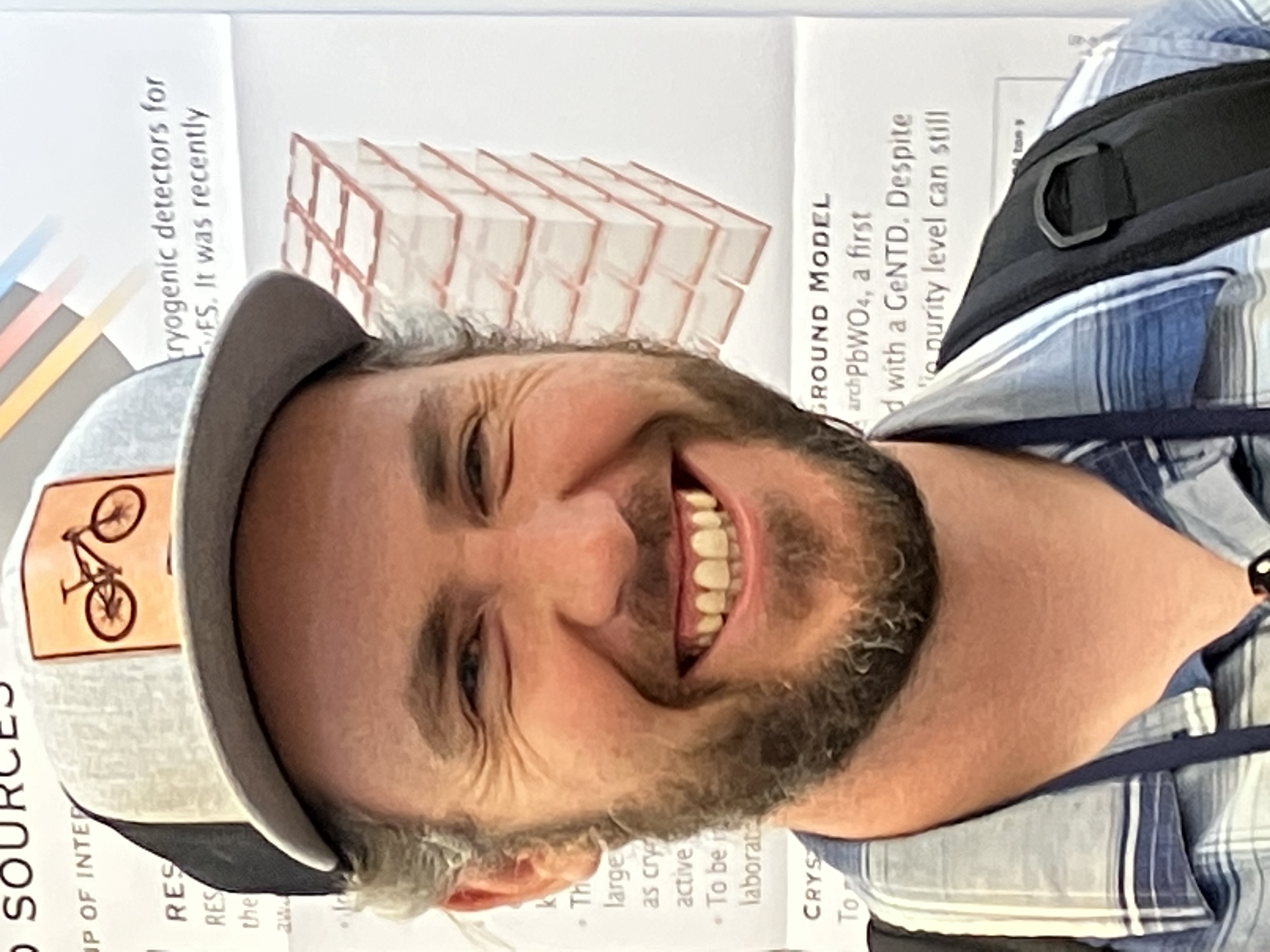Caleb Fink (LANL): Novel Materials and Quantum Sensors for Probes of Beyond the Standard Model Physics
Video recording: https://youtu.be/7u2VR_QzhJQ?si=lfPOGvR2oDH77IVW
Abstract:
With the advancement in low-threshold detector technology over the last decade, the particle physics community has increasingly been able to probe for new physics at low energies - specifically, searching for low mass dark matter. However, solid-state based particle detectors using traditional semiconducting materials (e.g. Si, Ge) combined with superconducting sensors, such as transition-edge sensors, are quickly reaching a limit in their fundamental sensitivity. Orders of magnitude in sensitivity, and new physics reach, can be made by exploiting novel materials as detector targets which are well kinetically matched to various physical processes. In this talk I will discuss the motivation and physics behind a variety of new detectors based on novel topological materials; I will present preliminary results and progress being made by the SPLENDOR Experiment to search for low mass dark matter using novel narrow bandgap semiconductors synthesized at Los Alamos Nation Laboratory; and I will describe the design and progress that we have made on the development of the superconducting quasiparticle-amplifying transmon: a qubit-based sensor for meV-scale phonons and single-THz photons.
Speaker Bio:
Caleb Fink's research can be broadly described as leveraging quantum phenomena to develop highly sensitive instrumentation for the detection of rare events. Dr. Fink completed his PhD at the University of California at Berkeley where he developed low-mass dark matter detectors using superconducting sensors patterned on cryogenic crystals. He is currently a Director's Postdoctoral Fellow at the Los Alamos National Laboratory in the quantum group of the Materials, Physics, and Applications division, where he works on developing new particle detectors based on novel topological materials and superconducting qubit devices.
